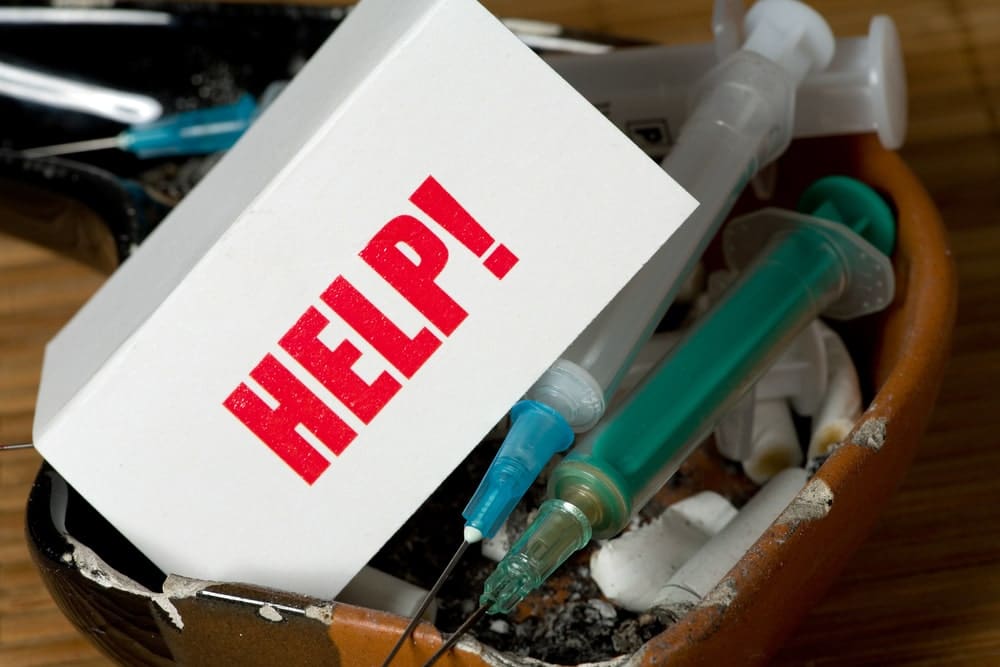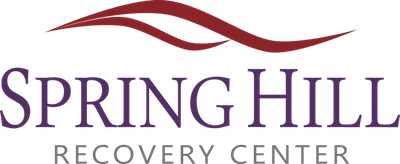What is Harm Reduction?

Harm reduction is the practice of making drug use safer for people who choose to use.
Most of the time, harm reduction is aimed at alcohol and opiate use. But harm reduction practices are used for other substances too, including ecstasy.
Harm Reduction Can Include:
- Medical supervision while using drugs
- Using medical-grade injection supplies
- Testing drugs before use
- Medication-assisted treatment for opioids
Treatment and recovery should be your goal. But some people find that harm reduction practices help them stay safe if they relapse.
Others choose to keep using drugs, but with harm reduction practices to avoid damaging their bodies. It can be easier to make small changes than large changes. Some people use harm reduction as a stepping stone toward treatment.
Here’s what you need to know about harm reduction:
Harm Reduction Practices
A harm reduction approach means taking measures to make drug use less risky. However, there’s always a risk when using drugs. Treatment, recovery, and abstinence are the best course for most people with substance abuse.
But relapse happens, and some people can’t access treatment. If you’re using drugs for any reason, even if it’s just once, you should use harm reduction practices.
Harm reduction practices are measures that anyone can use to stay safe when using drugs. Some examples include:
- Getting the hepatitis vaccine if you inject drugs
- Using clean, medical-grade injection equipment
- Never sharing drug use equipment
- Being careful about water intake if you’re using ecstasy
- Having Narcan on hand if you use opioids
Pros & Cons of Harm Reduction
Harm reduction is a controversial topic. People who support abstinence-only drug treatment say that harm reduction keeps drug addicts using when they could be in treatment.
But that’s not true. Harm reduction recognizes that some people will always use drugs. And some people will always relapse. It’s better to share information about how to use drugs safely so if a relapse does happen, you can be prepared.
Benefits of Harm Reduction
Harm reduction practices lessen the risk of:
- Blood-borne infections, or infections that spread through the blood
- Death
- Dental problems from stimulant use
- Skin problems from injecting or malnutrition
- Hepatitis B and C
- Injection-related injuries
- Overdose
- Other drug-related injuries and diseases
Risks of Harm Reduction
Harm reduction has no real risks, since it involves using extra safety measures.
However, it’s important to note that harm reduction is not a substitute for treatment. If you have trouble controlling your alcohol intake, call a substance abuse treatment center to discuss your next steps.
Harm Reduction for Alcohol Use
Harm reduction practices for alcohol use include:
- Managed alcohol programs: These programs are usually targeted at homeless populations. They allow people with alcohol dependency to have one drink at a set interval. The drink is enough to prevent alcohol withdrawal, but it’s not enough to get the person drunk. This helps prevent people from drinking unsafe sources of alcohol, such as mouthwash or cough syrup.
- HAMS programs: HAMS stands for Harm Reduction, Abstinence, and Moderation Support. These programs are support groups for people who are making positive changes in the way they drink alcohol. The changes can mean drinking less, drinking more safely, or not drinking at all.
- Medication-assisted therapy: Naltrexone and acamprosate are two medications used to help reduce harm. Naltrexone prevents you from feeling buzzed from alcohol, while acamprosate blocks cravings. You can use either of them to help reduce your alcohol consumption.
- Designated Driver programs: When you do drink, make sure you take advantage of Designated Driver programs. Most communities and many colleges (if you’re a student) have a program to help people get safe rides home when they’ve had too much to drink. Car accidents are one of the biggest ways alcohol causes harm. These programs can help reduce your risk of getting into an alcohol-related car crash.
- Never going out alone: Always go drinking with someone who knows you’re trying to drink safely. If you go out alone, it’s easy to slip. One extra drink can turn into too many extra drinks. A friend can keep an eye on your alcohol intake and remind you when you’ve had enough.
- Eating and drinking enough: Drinking on an empty stomach causes the alcohol to set in too fast. It can cause damage to your body and make you feel sick. And remember to drink enough water because alcohol dehydrates you. Being dehydrated makes it more likely that you’ll have a bad hangover at best and alcohol poisoning at worst.
Harm Reduction for Opiate Use
Opiates are a type of pain medication. Some common ones include codeine, hydrocodone, and morphine. The strongest opiates are oxycodone, hydromorphone, and fentanyl. Heroin is a street opiate.
Harm reduction practices for opiate use include:
- Having Narcan on hand: Narcan is a medication that can reverse an opiate overdose fast. Its generic name is naloxone. Anyone who abuses opiates or knows someone who does should have naloxone on hand. In many states, you can get naloxone over the counter from a pharmacy. This drug saves lives!
- Taking care of yourself: Opiates have a reputation for making you neglect yourself when abused. You may neglect to eat and drink enough. And you might ignore responsibilities, like work and relationships. Prioritize your self-care over opiates. If you find that you can’t take care of yourself because of drugs, then it’s time to seek treatment.
- Getting the right vaccines: People who use injectable drugs (like heroin) are at risk for catching hepatitis B and C. These diseases are spread through the blood. Many people who use injectable drugs share syringes because they can be expensive or hard to find. This can spread diseases through the blood. Anyone who injects drugs should get hepatitis B and C vaccines.
- Never using alone: You can overdose on opioids fast. The effects of the drug mean you never realize that you’re overdosing, so you can’t get help by yourself. Never use opioids alone. When you’re with a friend, you have somebody who can call 911 or administer naloxone if needed.
- Medication-assisted treatment: Medication such as naltrexone, buprenorphine, and methadone can help you reduce or stop your opioid use. Naltrexone removes cravings for opioids so you don’t want to use. Buprenorphine prevents withdrawal symptoms. Methadone works in two ways: it blocks withdrawal symptoms, but it also prevents you from feeling euphoric when you do take opioids.
Harm Reduction for Stimulant Drugs
The most common stimulant drugs include ecstasy, Adderall, Ritalin, amphetamines, and cocaine. Harm reduction practices for stimulant use include:
- Getting your drugs tested: Any drug that comes in pill or tablet form is likely to be adulterated. This means that it has other substances added. For instance, ecstasy pills could include anything from bath salts to caffeine to dextromethorphan, an ingredient found in cough medicine. Over 44% of ecstasy pills contain other substances. Testing samples can help you avoid taking unknown drugs or contaminants.
- Drinking enough water: Most stimulants make you dehydrated. Drinking enough water is important. That’s especially true if you’ll be physically active at the same time, such as dancing at a festival. Just make sure to listen to your body and drink the right amount of water, not too much. Drinking too much water on ecstasy has been linked to sodium toxicity. This is when the blood builds up too much sodium. It can cause death.
- Not injecting pills: Injecting pills can cause severe damage to your tissues and veins. This is because no matter how finely you crush and mix the pills, there will always be particles. These particles can irritate your tissues and cause infections. They can also damage your veins or get into your bloodstream, causing a blockage. It’s not worth the risk.
Does Harm Reduction Replace Treatment?
Harm reduction doesn’t replace treatment. It’s not a magic pill that lets you use drugs without risks. And it doesn’t get you into recovery. Instead, it’s one possible outcome for people who haven’t found success in treatment. It’s also a set of practices that you can use to lessen harm if you relapse.
Your goal should be treatment first. Before you choose a harm reduction approach, remember that most addicts go into treatment multiple times. There’s no shame in needing treatment more than once. Needing treatment again doesn’t mean that treatment failed the first time. In fact, up to 60% of substance abuse patients relapse at some point.
Get Treatment for Substance Abuse
Harm reduction is important, but it’s not a substitute for treatment. It doesn’t matter how many precautions you take. There’s always a risk for overdose or damage to your health as long as you’re using.
A certified treatment center can provide the help that you need for substance abuse. Treatment is tailored to your specific needs. It can include:
- Medication-assisted therapy
- Individual talk therapy
- Group therapy
- Inpatient or outpatient treatment
Your first visit will include a consultation where you discuss your substance abuse history with a medical professional. You’ll have a chance to ask questions and learn what to expect. Don’t wait to call: Your path to sobriety can begin today!
- Journal of the American Medical Association (JAMA) Network: Pharmacotherapy for adults with substance abuse disorders in outpatient settings https://jamanetwork.com/journals/jama/fullarticle/1869208
- Shatterproof: Medications for medication-assisted treatment https://www.shatterproof.org/treatment/MAT
- Drug Policy Alliance: What are the most common adulterants in molly or ecstasy? http://www.drugpolicy.org/drug-facts/what-are-most-common-adulterants-whats-sold-molly-or-ecstasy-other-words-what-chemicals
- EcstasyData.org: Test result statistics https://www.ecstasydata.org/stats.php
- National Institute on Drug Abuse: Drugs, brains, and behavior: the science of addiction https://www.drugabuse.gov/publications/drugs-brains-behavior-science-addiction/treatment-recovery


